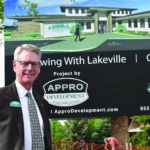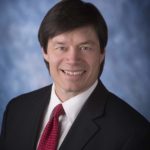SBA Lending Boom
The head of the Small Business Administration knows a thing or two about marketing. SBA Administrator Linda McMahon and her husband, Vince, transformed a small wrestling organization into a global entertainment venture now known as World Wrestling Entertainment. Television deals and merchandising were keys to the company’s promotional success; banks and borrowers are the instruments of visibility for the SBA.
Calling the SBA “the best kept secret in the government,” McMahon, appointed SBA Administrator earlier this year by President Donald Trump, said the agency will unveil a new branding strategy to elevate SBA’s profile. [Continue]







